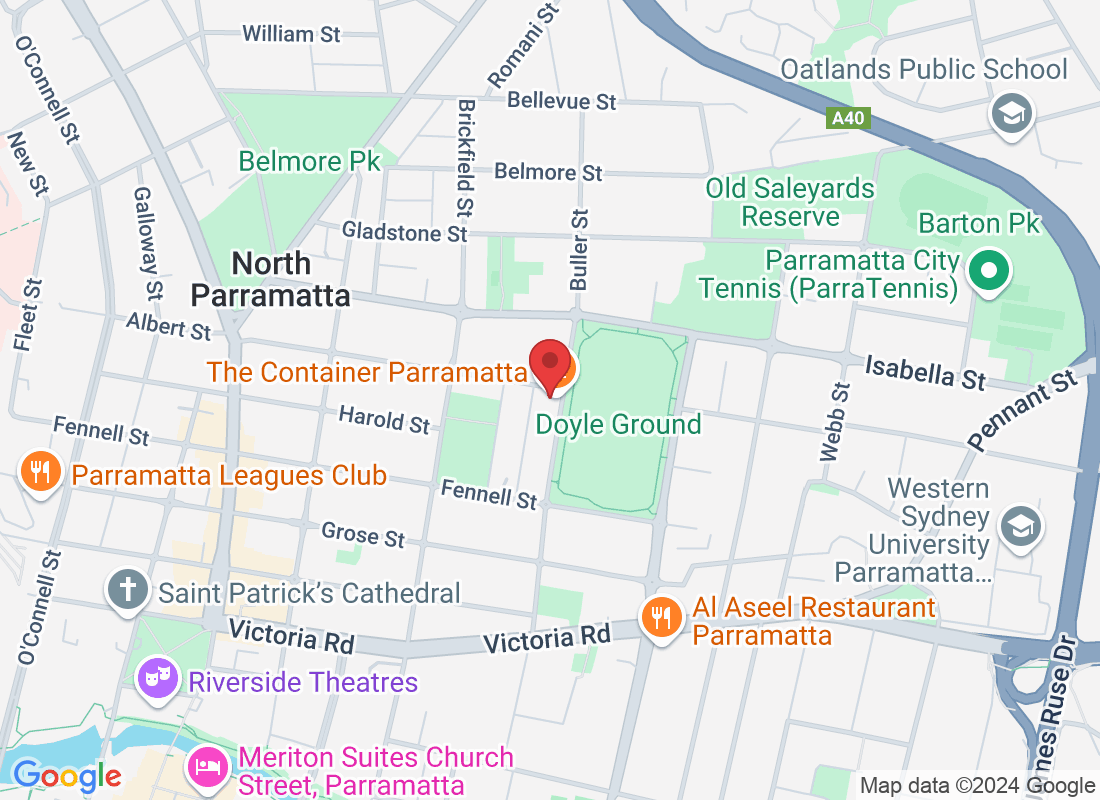
Whiplash Recovery: How Physiotherapy Supports Healing After a Car Accident
A car accident can be a life-altering experience, and one of the most common injuries sustained is whiplash. Whiplash occurs when the head is suddenly jolted forward and backward, straining the muscles, ligaments, and joints in the neck. While some cases of whiplash heal on their own, others require professional intervention to prevent long-term pain and stiffness. Physiotherapy plays a crucial role in helping individuals recover safely and effectively from whiplash injuries.
In this blog, we’ll explore what whiplash is, its symptoms, and how physiotherapy can support a full recovery.
What is Whiplash?
Whiplash is a neck injury that typically results from sudden acceleration-deceleration forces, such as those experienced in a car accident. The rapid movement overstretches soft tissues, causing inflammation, pain, and restricted mobility. Although it is commonly associated with rear-end collisions, whiplash can also occur from contact sports, falls, or other high-impact incidents.
Common Symptoms of Whiplash
Whiplash symptoms may not appear immediately after an accident but can develop within a few hours or days. Common signs include:
Neck pain and stiffness
Headaches, often originating at the base of the skull
Limited neck movement due to pain and tightness
Shoulder and upper back pain
Tingling or numbness in the arms
Dizziness and fatigue
Blurred vision or ringing in the ears (in some cases)
Difficulty concentrating or memory problems
If left untreated, whiplash can lead to chronic pain and reduced function. Seeking physiotherapy early can significantly improve recovery outcomes.
How Physiotherapy Helps Whiplash Recovery
Physiotherapy is one of the most effective treatments for whiplash, focusing on reducing pain, improving mobility, and restoring normal function. A physiotherapist will create a personalised treatment plan based on your specific symptoms and injury severity. Here’s how physiotherapy supports healing:
1. Pain Management and Inflammation Reduction
Immediately after a whiplash injury, pain and inflammation can be significant. Physiotherapists use various techniques to alleviate discomfort, such as:
Manual therapy: Gentle hands-on techniques to relieve muscle tension and improve mobility.
Electrotherapy: Modalities such as ultrasound and TENS (transcutaneous electrical nerve stimulation) to reduce pain and promote healing.
Cold and heat therapy: Ice packs reduce inflammation in the early stages, while heat therapy later helps relax muscles and improve blood flow.
2. Restoring Neck Mobility
Whiplash often results in stiffness and restricted movement in the neck. Physiotherapists use targeted exercises and stretches to improve flexibility and restore the natural range of motion. Some common exercises include:
Neck rotations: Turning the head slowly from side to side.
Chin tucks: Strengthening the deep neck muscles to support posture.
Shoulder blade squeezes: Helping to stabilise the upper back and neck.
Gradually increasing movement is key to preventing long-term stiffness and discomfort.
3. Strengthening Neck and Shoulder Muscles
Weak muscles in the neck and shoulders can make whiplash symptoms worse. Physiotherapy includes strengthening exercises that help stabilise the neck and prevent future injuries. These exercises target the deep stabilising muscles and may include:
Isometric neck exercises: Gently pressing the head against the hand in different directions to build strength.
Scapular stability exercises: Strengthening the muscles around the shoulder blades to improve posture and support the neck.
Core stability training: Engaging the core muscles helps maintain spinal alignment and reduces strain on the neck.
4. Postural Correction and Ergonomic Advice
Poor posture can exacerbate whiplash symptoms and delay recovery. Physiotherapists provide guidance on maintaining proper posture during daily activities, including:
Setting up an ergonomic workspace with correct screen height and chair support.
Practicing neutral spine alignment while sitting and standing.
Using a supportive pillow to maintain a neutral neck position while sleeping.
Good posture reduces strain on the neck and supports long-term recovery.
5. Manual Therapy for Soft Tissue Healing
Physiotherapists use hands-on techniques to address muscle tightness and joint restrictions. These may include:
Massage therapy: Reduces muscle knots and improves circulation.
Joint mobilisation: Helps restore movement in the cervical spine.
Myofascial release: Targets tight connective tissues contributing to pain and stiffness.
Manual therapy helps relieve tension and enhances mobility in affected areas.
6. Education and Self-Management Strategies
A crucial aspect of physiotherapy is patient education. Physiotherapists teach patients how to manage their symptoms at home and prevent future issues. Self-care techniques may include:
Guided home exercises to maintain mobility and strength.
Pacing activities to prevent overexertion and flare-ups.
Relaxation techniques such as deep breathing to reduce muscle tension and stress-related pain.
7. Gradual Return to Daily Activities and Exercise
Returning to normal activities too soon can worsen symptoms. A physiotherapist will guide patients through a gradual return-to-activity program, ensuring movements are safe and pain-free. This includes:
Gentle reintroduction of daily tasks to avoid strain.
Progressive exercise programs to regain strength and endurance.
Sports-specific rehabilitation for athletes recovering from whiplash.
A structured physiotherapy program ensures a smooth transition back to normal activities while minimising the risk of persistent pain.
When to Seek Physiotherapy for Whiplash
If you’ve been in a car accident or experienced a sudden neck jolt, it’s important to seek professional help if you notice:
Persistent pain lasting beyond a few days
Difficulty moving your neck
Numbness or tingling in the arms
Headaches, dizziness, or vision issues
Pain that worsens over time
Early intervention can prevent complications and promote faster healing.
Final Thoughts
Whiplash can be a frustrating and painful injury, but with the right approach, full recovery is possible. Physiotherapy provides effective, non-invasive solutions to manage pain, restore movement, and prevent long-term complications. By incorporating tailored exercises, manual therapy, and education, physiotherapists help patients regain function and return to daily life safely.
If you or a loved one is experiencing whiplash symptoms, don’t wait for them to worsen. Book an appointment with a qualified physiotherapist today and take the first step toward a pain-free recovery.



